Invercargill was the start point for our Subantarctic adventure and 2 January saw me boarding a flight in a rainy Rotorua to start my journey south. At Christchurch the rain had stopped and the skies cleared before reaching Invercargill revealing the beautiful Southland landscape bordering Foveaux Strait with Stewart Island visible as we landed. My last visit to Invercargill had been my first in February 1990 when we had passed through in a camper van. My recollection had been of wide, uncrowded streets. The streets were still wide but “uncrowded” was definitely overstating the population. They were deserted. Despite understanding that the New Years long weekend was the explanation, it was quite eerie to see the apparently unpopulated city with the traffic lights cycling through their colours to control non-existent vehicles.
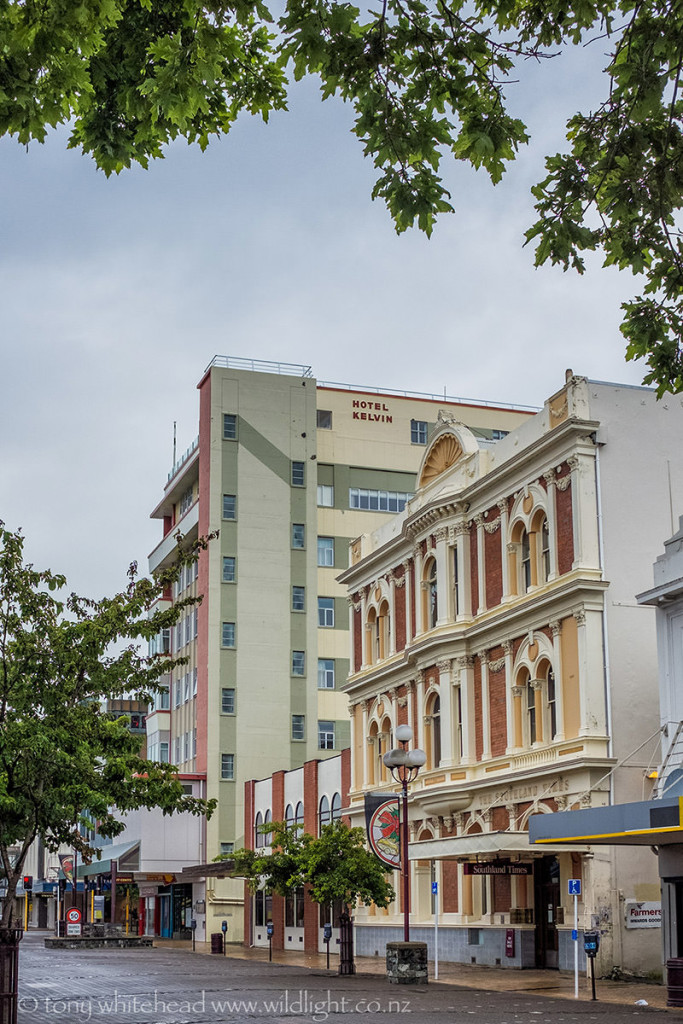
Most Heritage Expedition trips to the south begin from the Kelvin Hotel where the group meets the evening prior to departure to share a meal and briefing for the upcoming expedition. We ended a good meal with genuine and unpretentious Southland hospitality while making the acquaintance of some of our fellow travellers. There was quite a mix from young scholarship recipients through to retirees, mostly with an obvious interest in wild places and unique wildlife. My roommate, Andrew, was from Australia and had made trips to the Southern Ocean with Heritage Expeditions twice before. The first hint that this could become an addictive pastime. The main point from the briefing seemed to relate to sea conditions, the potential for seasickness and to “eat light” at breakfast and lunch the next day!
Sunday dawned rainy as forecast and a pre-breakfast walk revealed no more people than the day before, so street photography was devoid of living human forms. I enjoyed breakfast with Andrew and we shared a table with Martin Cawthorn, who was along as a lecturer and Zodiac driver. Martin is an expert in marine mammals and has a wealth of knowledge on the New Zealand (Hookers) Sealions we were to expecting to see. The other lecturer for the trip was Tui de Roy, whose photos I have long admired, but she was already onboard having been on the previous trip.
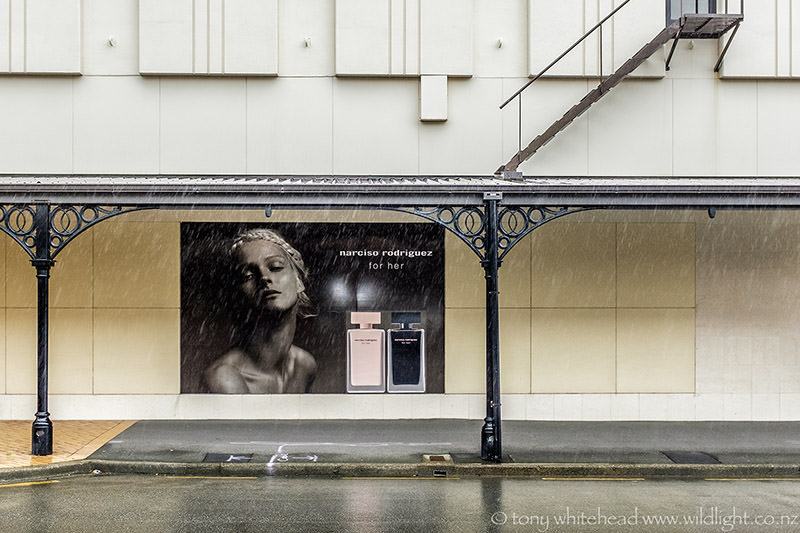
After breakfast we got our bags down to be labelled and loaded for the ship, and while chatting in the hotel foyer I saw the bus arrive followed shortly by an excited Edin rushing in with her disembarked colleagues from her first trip. She had enjoyed an exciting time with fellow bird and photography addicts, and the farewells were sad though tempered a little by the excitement of another trip about to begin. It was great to see her and catch up on happenings since we had last seen her prior to Christmas. There was a sense of the baton changing hands as on previous trips to South Africa and Australia I had been showing her things I was familiar with, in Antarctica we had been on a voyage of discovery together, but now she was the more experienced guide and I was the novice. Another arc in the rotation of the wheel.

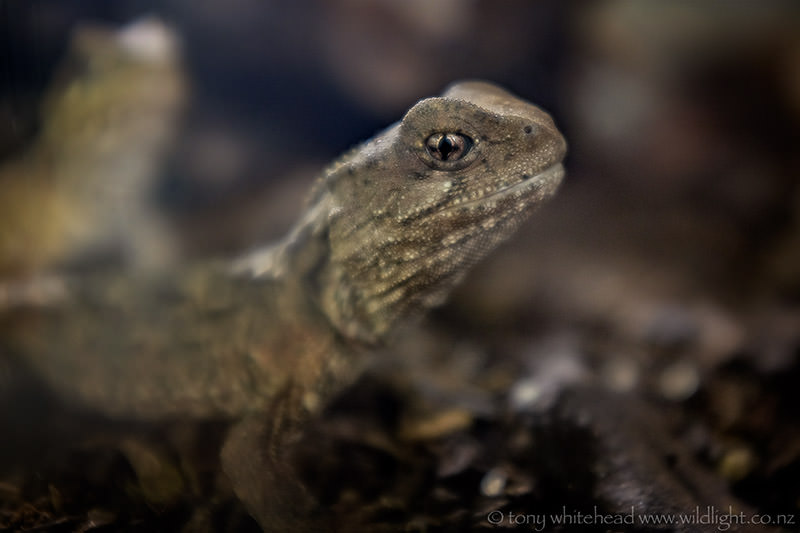
We walked up to the Southland Museum in the clearing weather to see the excellent Subantarctic displays and the Tuatara breeding program before heading back to the hotel for lunch, followed by a dose of seasickness medication. Edin had remained completely well using our usual combination of Scopoderm and Promethazine so we stuck to that but did start to feel a little sleepy on the bus trip to Bluff Harbour. Boarding the Professor Khromov (Spirit of Enderby) boosted the excitement levels and flushed away any drug induced fatigue. Before long we were nosing out of Bluff Harbour with a lovely cool breeze in our faces and the first albatross was seen before the pilot had left us. The adventure had begun.
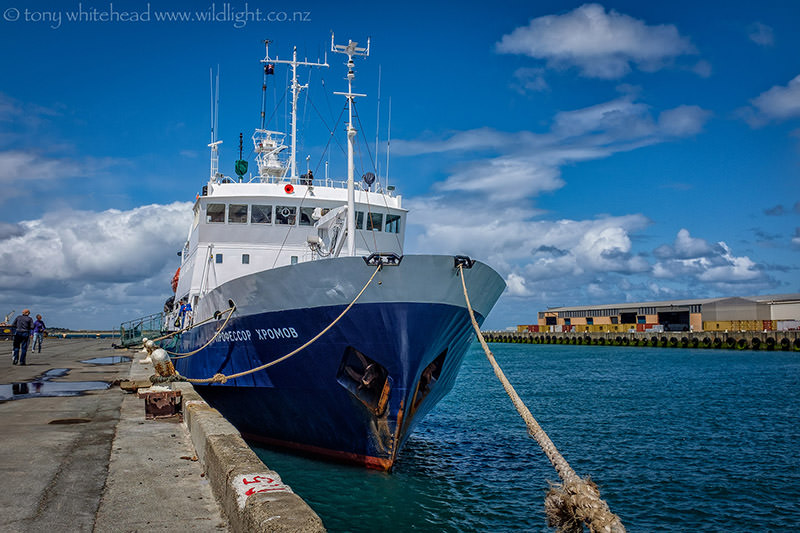
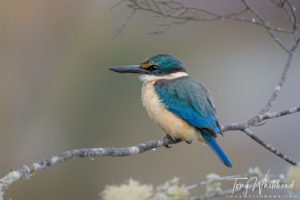


Beverley Guy
31 Jan 2016loved reading your story, thank you
tony
31 Jan 2016Thanks, Beverly. It gets better the further south we go!
Gail Bisson
31 Mar 2016Living vicariously through your blog!